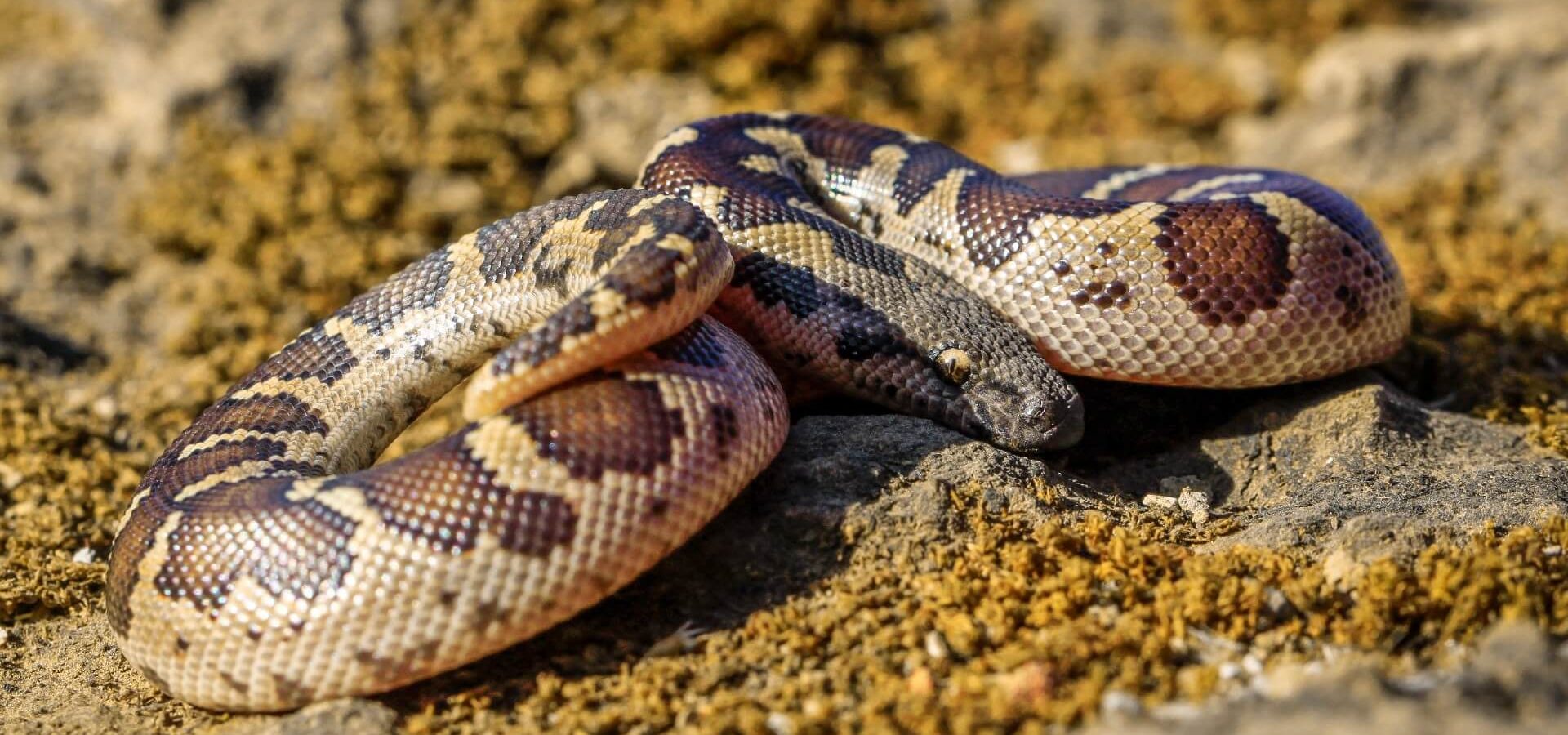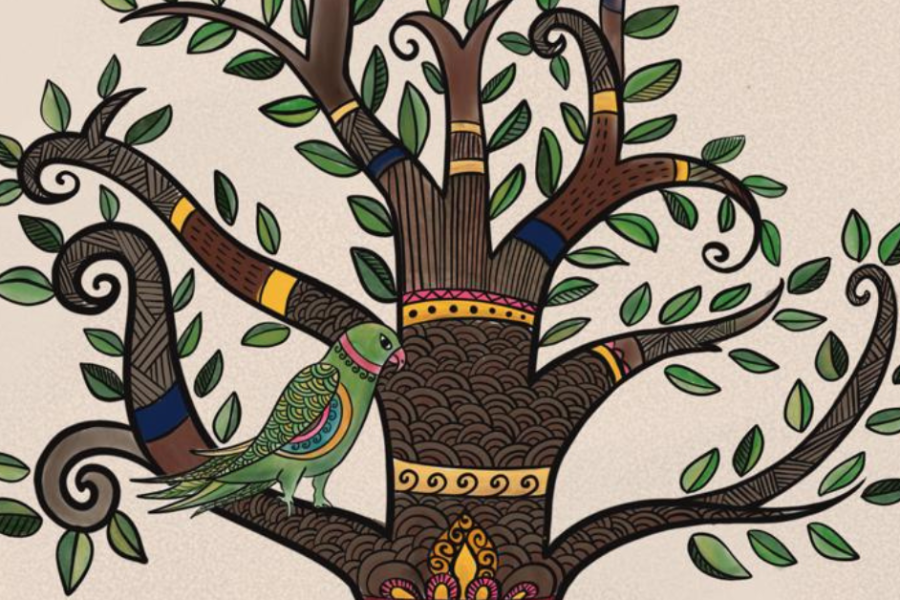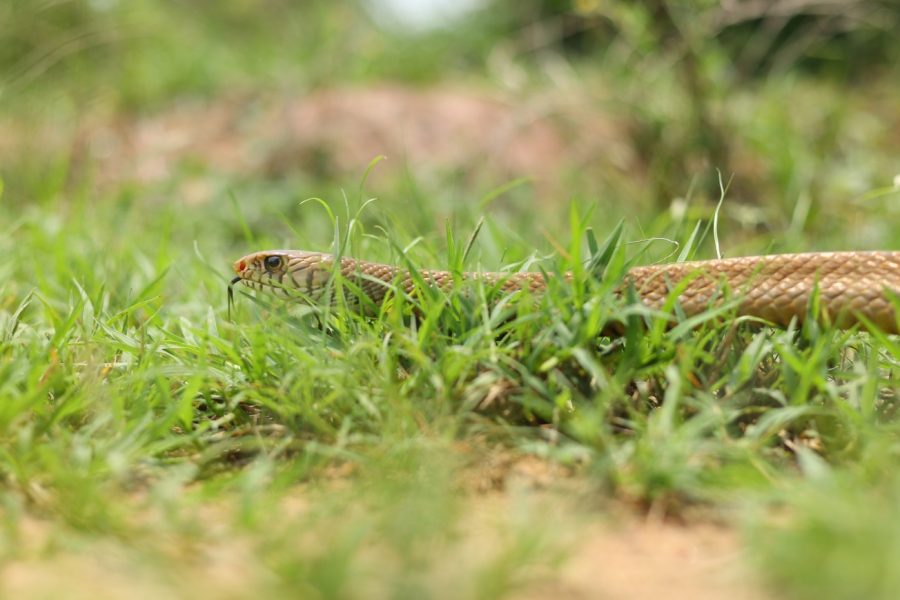Slithering through the grasslands and steadily emerging into open fields, reptiles such as snakes, crocodiles, monitor lizards, etc. are increasingly finding themselves in dangerous situations. The sheer panic that stems from spotting any of these reptiles results in the unfortunate incident of retaliatory killings, without people realizing that the species they may have injured or bludgeoned to death is protected by law. The Wildlife Protection Act 1972 is the law of the land that governs and protects all wild animals in India– from the smallest of birds to the largest of mammals and everything in between.
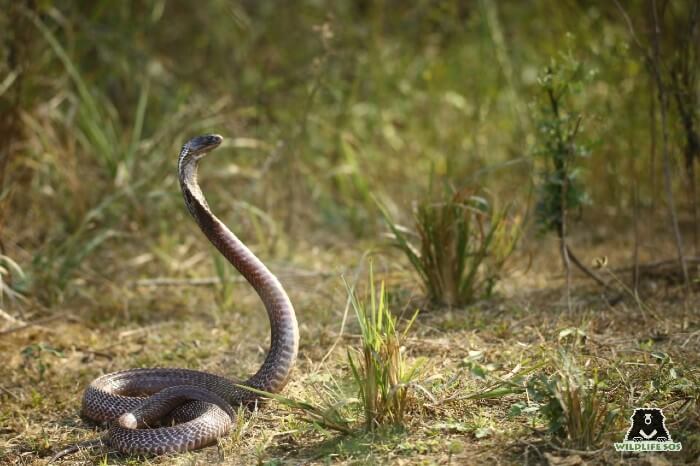
This blog gives you all the crucial information that you need to know about the laws that protect the reptiles in the country. Injury amounting to maiming, death, or incapacitation of these animals will invite hefty punishment as well as incarceration to the perpetrators.
- Snakes
Venomous snakes such as King Cobra, Monocled Cobra, Spectacled Cobra and Russell’s Viper are protected by law under Schedule II of the Wildlife Protection Act, 1972. This classification primarily implies that the species enlisted will attract the highest safeguarding and maximum penalties. The maximum penalty is 3 to 7 years of incarceration or a fine of Rs. 10,000.
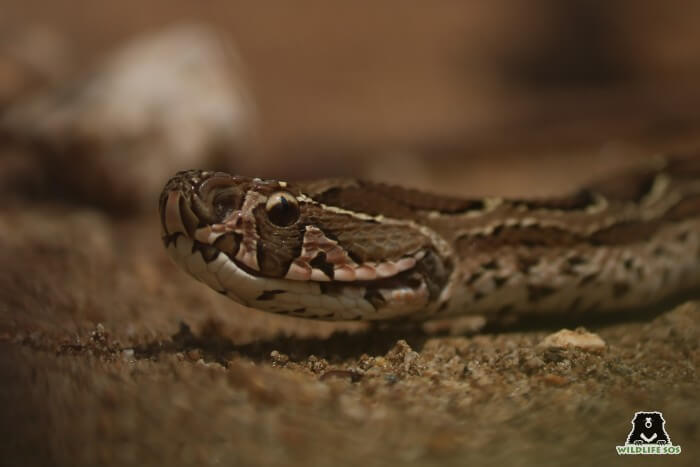
Non-venomous snake species such as the Indian Rock Python is protected under Schedule I of the Wildlife Protection Act, 1972. This implies that the Python is granted the same level of protection as the Asian Elephant in the country. Due to their imposing size, people often panic when they encounter a python and it is not uncommon for these snakes to become unfortunate victims of conflict.
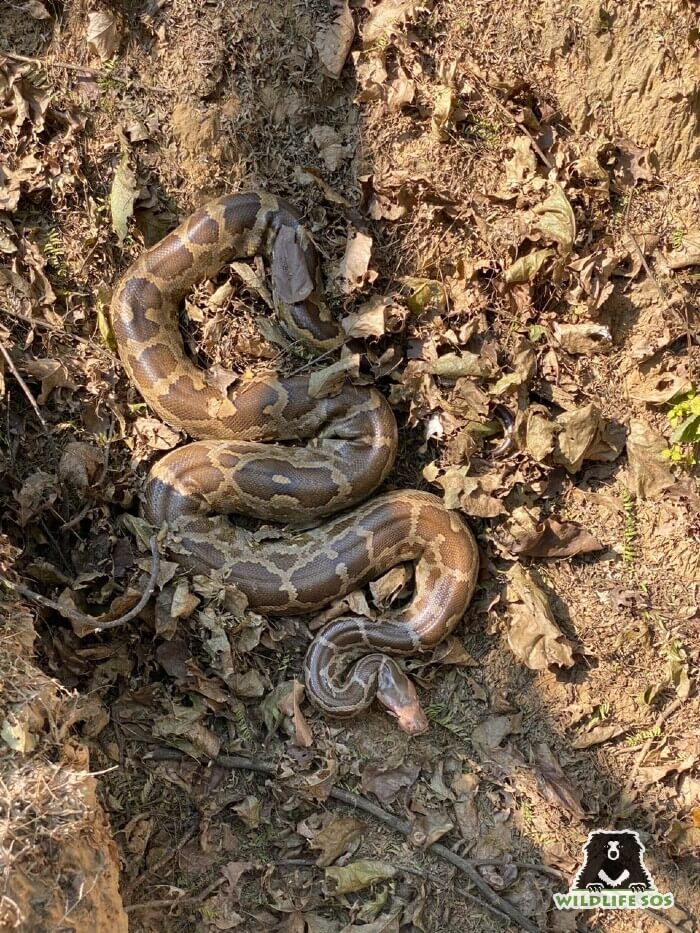
Rat Snake and water snakes such as Checkered keelback and Olive keelback are classified under Schedule II (Part II) which protects them by law and punishes any injury, harassment or death with strict repercussions. The penalty is Rs. 10,000 or incarceration up to 7 years.
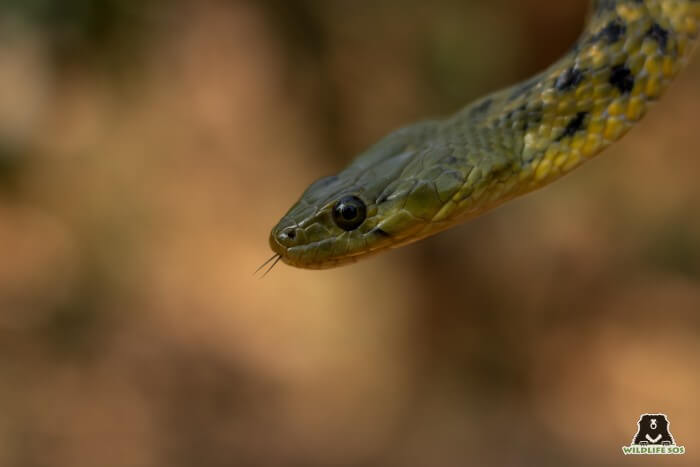
- Crocodiles and Gharials
India hosts a population of mugger crocodiles or marsh crocodiles as well as gharials that are native to the land. In recent times, both these species have found themselves in the middle of mounting conflict due to rapidly shrinking prey base and habitat loss.
The Mugger crocodile also called the Indian or marsh crocodile is listed ‘Vulnerable’ on the IUCN Red List, whereas, Gharials are listed ‘Critically Endangered’ and both these species are is protected under Schedule I of the Wildlife Protection Act 1972.
Hunting of crocodiles and gharials for meat and skin along with injuring, harassing or maiming them invites a direct fine of Rs. 25,000 or incarceration up to 7 years.
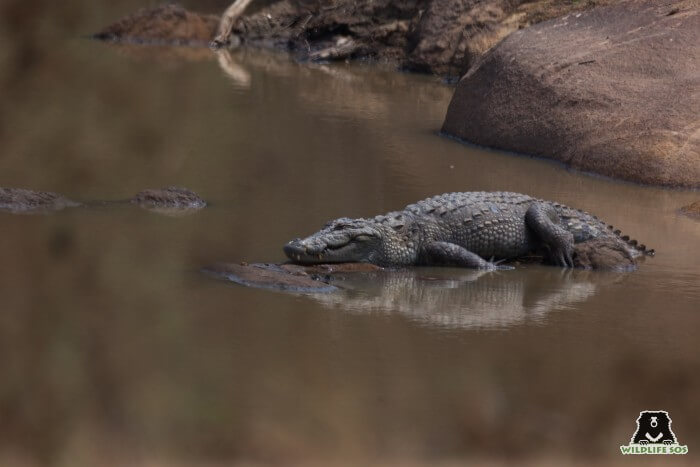
- Monitor Lizards
Monitor Lizards are increasingly finding themselves in a disadvantageous position with the rapid increase in poaching for their body parts. The genitalia of monitor lizards are in demand and they are cut off and dried, which gives them the appearance of clasped hands, thus giving it the name ‘Hatha Jodi’. These are then sold to superstitious people as an auspicious root that apparently grants wishes! The lizards also are poached for their meat and skins—used to make craft drums and sandals. Monitor lizards help control insect and rodent populations and are protected under Schedule I of the Wildlife Protection Act, 1972.
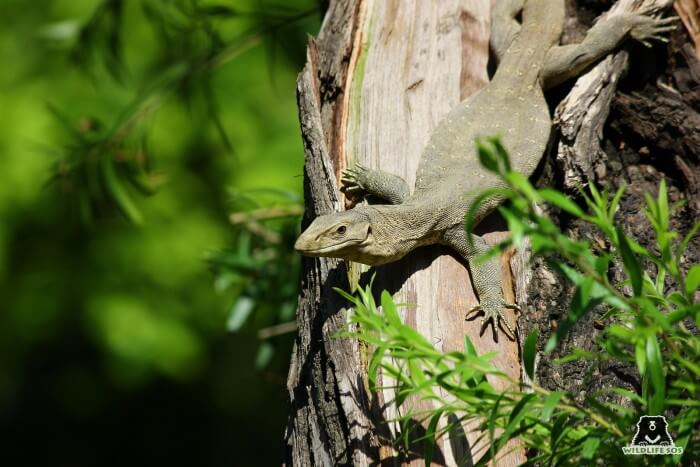
- Turtles and Tortoises
Schedule I of the Wildlife Protection Act, 1972, grants protection to turtles. Some of the species are mentioned below:
- Asian giant soft-shell turtle
- Terrapin
- Indian soft-shell turtle
- Olive Ridley sea turtle
- Spotted black terrapin
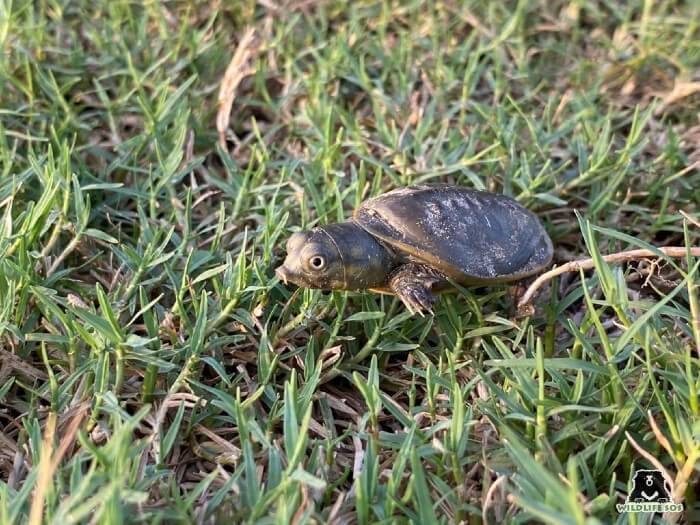
Tortoises such as the Indian Star Tortoise, Travancore Tortoise, etc. and Freshwater frogs are classified under Schedule IV of the Wildlife Protection Act, 1972. The penalties listed are much lower as compared to the other three schedules, but are protected by law nonetheless. The burgeoning threat to turtles and tortoises is their demand in the exotic pet trade in India as well as internationally, you can read more about the same in our blog here.
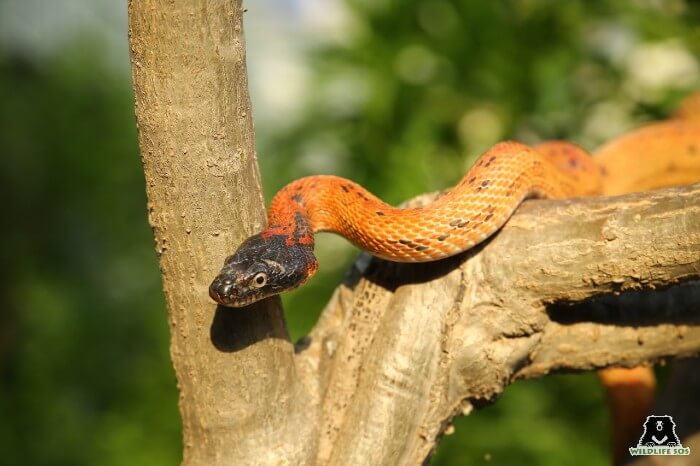
Wildlife SOS has active rescue hotlines operating out of Delhi-NCR, Agra, Mathura and Vadodara, readily attending to distress calls for wild animals in distress. Our team operating out of the Bear Rescue Centers in Kashmir is also actively assisting the Wildlife Department in rescuing wild animals in distress. In the States where Wildlife SOS does not have active rescue helplines, we urge you to reach out to the local Forest Department to rescue the wild animal in distress.

